- info@discoveryfiresprinklers.com
- DUNDEE: 01382 817163
- ABERDEEN: 01224 619341
- MANCHESTER: 07904994117
Menu
We are committed to upholding the BS9990;2015 regulations, guaranteeing top-notch efficiency and dependability in our wet and dry riser systems to enhance fire safety and safeguarding measures.
Wet and dry risers play a crucial role in contemporary construction, serving as vital elements of a building’s fire safety system. These systems are crafted to ensure a consistent water supply to all levels of tall buildings, guaranteeing that firefighters can promptly access the necessary water for effective fire suppression. Wet risers, filled with water at all times, are typically installed in buildings exceeding 50 meters in height to maintain pressure for immediate use during emergencies. On the other hand, dry risers are present in structures ranging from 18 to 50 meters tall; they consist of empty pipes that firefighters can connect to a water source upon arrival.
The incorporation of these systems into architectural plans goes beyond mere compliance with regulations; it stands as a crucial safety measure that significantly influences firefighting effectiveness. By enabling swift and direct access to water on upper floors, wet and dry risers reduce the time and manpower needed to extinguish fires, ultimately minimizing damage and saving lives. The integration of these systems into modern construction reflects the industry’s dedication to enhancing safety measures and emphasizes the importance of proactive fire protection strategies.
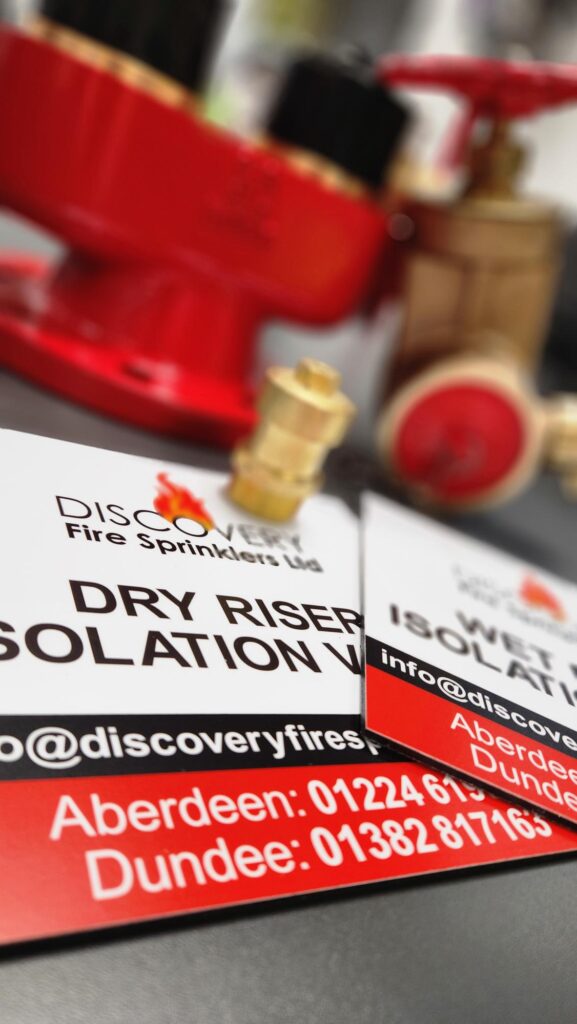
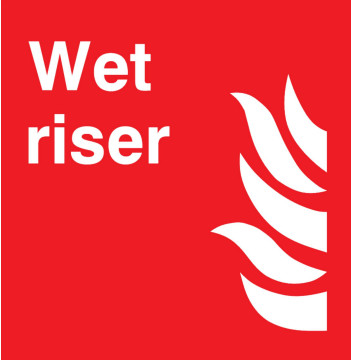
A wet riser plays a vital role in the fire safety measures of tall buildings, especially those exceeding 50 meters in height. It comprises a network of vertical pipes that are constantly filled with pressurized water. This system is crucial as it ensures a continuous and immediate water supply to all levels of a building, allowing firefighters to quickly connect their hoses to the wet riser outlets on each floor for effective firefighting.
The importance of a wet riser in fire suppression cannot be overstated. It guarantees that firefighters have quick access to ample water without the need to pump it from external sources or ground level, which can be time consuming and less effective, particularly in taller structures. With pressurized water readily available at key locations within the building, the wet riser system significantly boosts firefighting efficiency, aids in swift fire control, minimizes fire spread and ultimately plays a critical role in saving lives and reducing property damage. The incorporation of a wet riser system is an essential element in the overall fire safety strategy of high rise buildings, reflecting a proactive approach toward fire suppression.
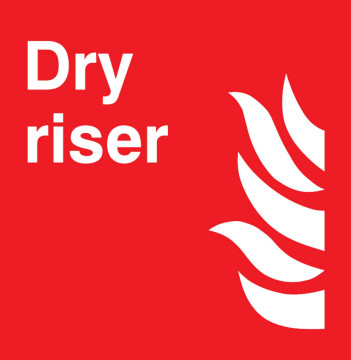
A dry riser is a critical fire suppression component installed in medium to high-rise buildings, typically required in structures between 18 and 60 meters tall. Unlike wet risers, dry risers are a system of vertical pipes that remain empty of water under normal conditions. They are designed to be quickly filled with water by the fire service upon arrival at a fire incident. The system includes inlet connections on the outside of the building at ground level, allowing firefighters to pump water into the system, and outlet valves located at various floors, where firefighters can connect hoses to fight fires.
The primary role of a dry riser in fire suppression is to provide a means of delivering a significant volume of water to upper floors of a building efficiently and effectively. This is crucial in tall buildings where direct access to water is challenging due to height and gravity. Dry risers enable firefighters to combat fires more directly and rapidly, minimizing the time needed to start firefighting operations. They play a vital role in enhancing the safety of occupants and property by ensuring that firefighting efforts are not hindered by a lack of immediate water access. Dry risers are an indispensable part of the fire safety infrastructure in buildings that are too tall for standard firefighting equipment to reach directly from the ground.
Our team of professionals are available to provide a wide range of sprinkler systems to meet your needs.
Contact our office today to learn more about this and our other available services.
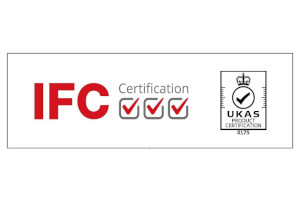
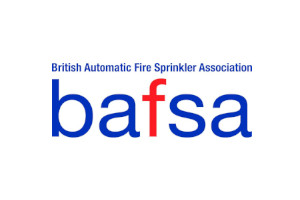
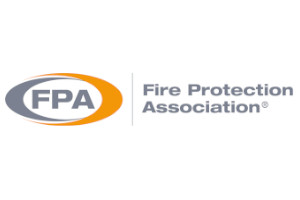
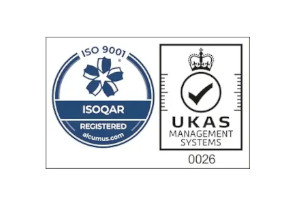
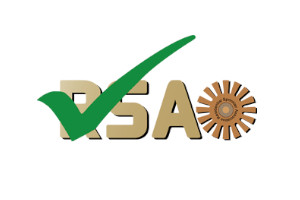
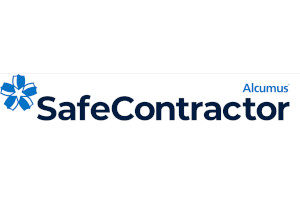
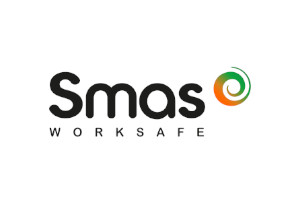
Certificates &
Accreditations

IFC 3rd party certified in Residential & Domestic Fire sprinkler systems, Wet & Dry Risers and Commercial Fire Sprinkler systems Specialising in High rise,mixed use occupancies & student accommodation